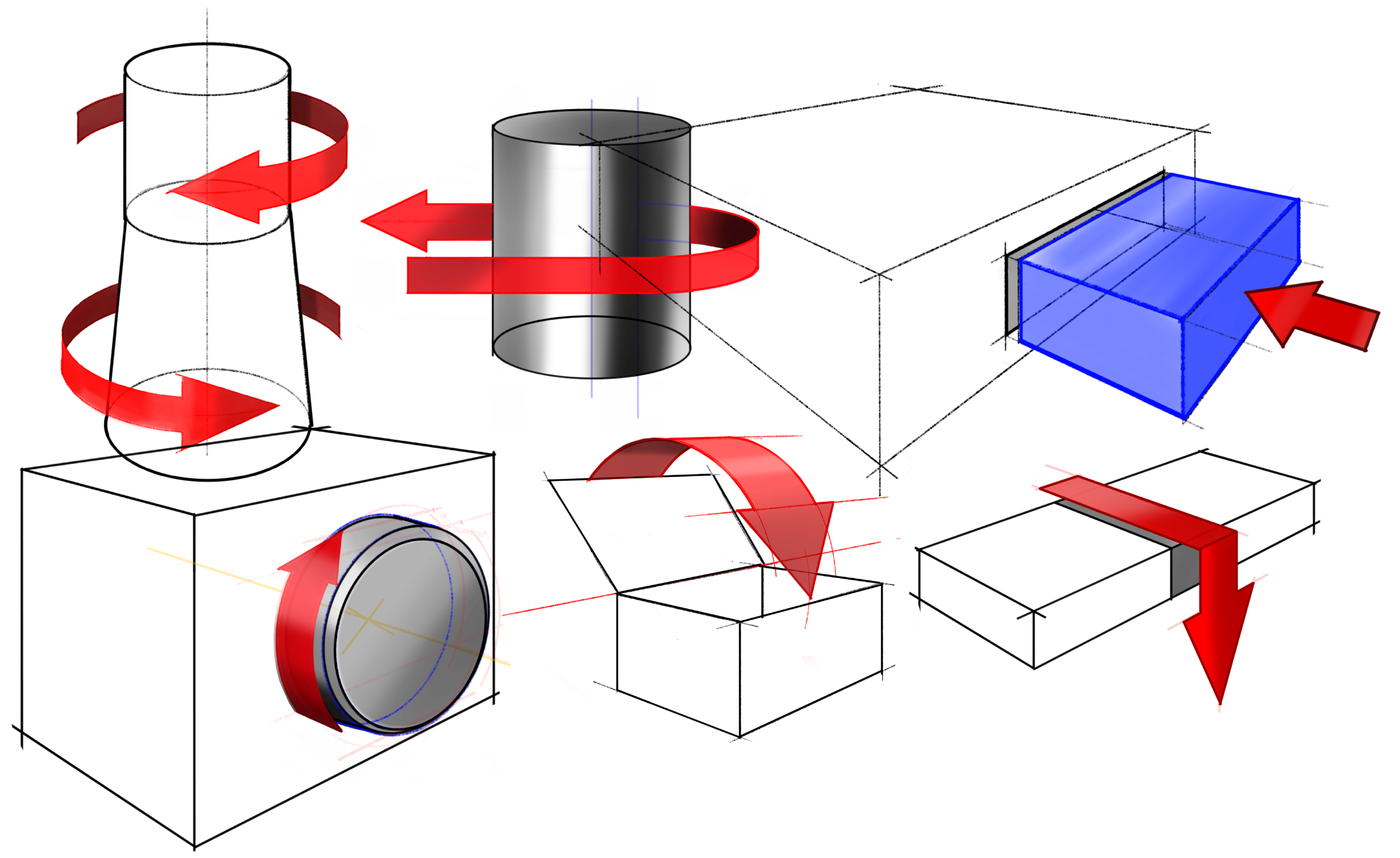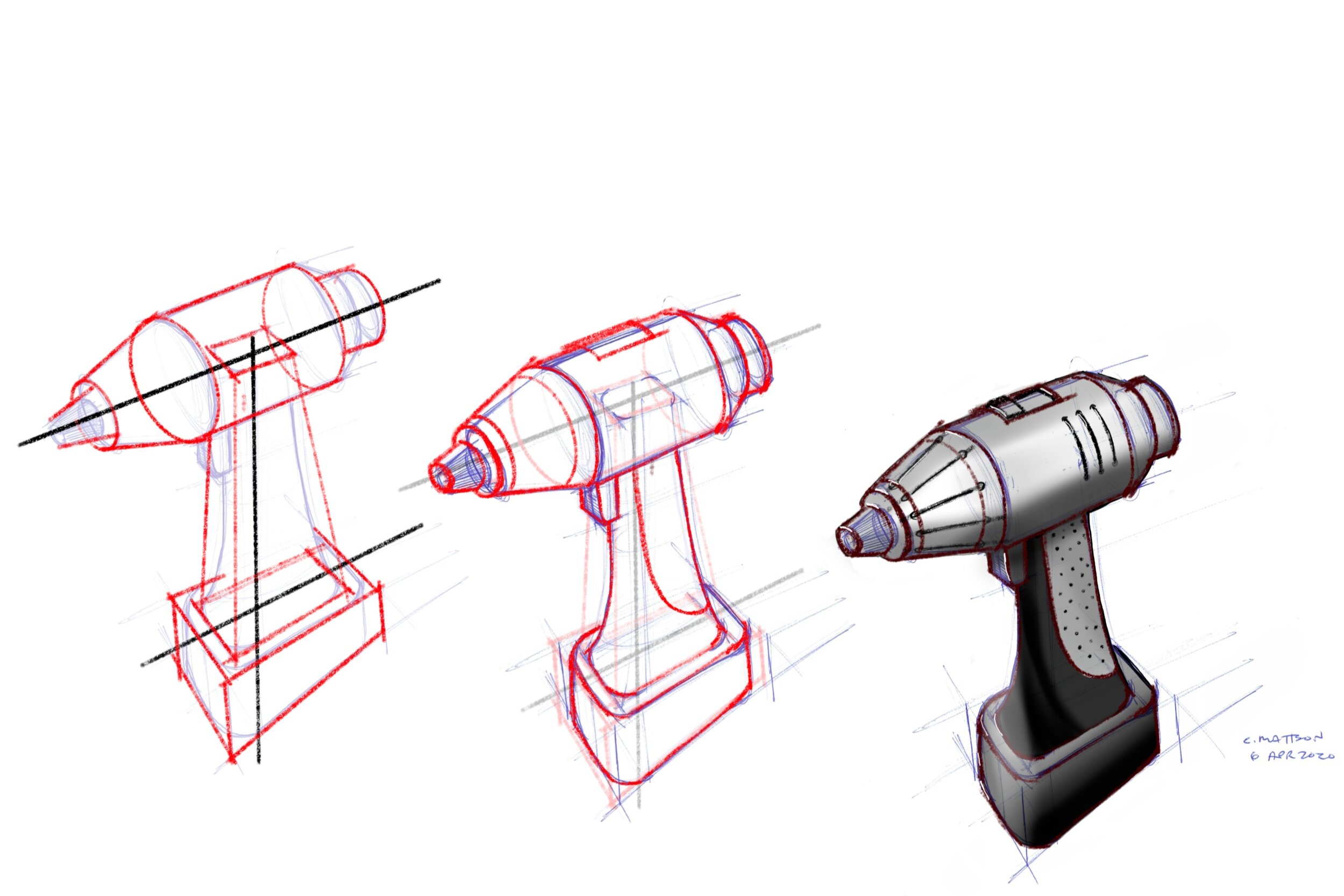It can be extremely difficult to know how much time to spend on a particular design task. Do it too quickly and you might waste time and money. Do it too slowly and stakeholders will conclude that progress has stopped. This article gives eight things to practice as you learn to strike a good balance between spending too much versus too little time reaching development milestones.
All in Design Methods
Verification Versus Validation
There are two general types of tests that can be done to observe the design’s strengths and weaknesses. They are called verification tests and validation tests. The differences between these tests can be confusing because the words seem and sound similar, and because some people use them interchangeably without thinking deeply about what they mean. This article describes the difference between them.
Using Your Camera in Product Development
You carry one with you, so you might as well get the most out of your camera, especially when it comes to product development.
The Peer Review Process and Why it Matters for Design
With attacks on the scientific community happening everyday, I thought it would be helpful for people to know more about the peer review process. Yes, the peer review process does have problems, but currently it is our best bet at getting to the facts. Find out why this matters to you as a designer.
A Good-Better-Best Framework for Design
The long term relationship between a design team and it’s client has everything to do with what the design team delivers and when. Setting clear expectations about the quality and completeness of the design work keeps both the design team and the client from changing the expectations without thoughtful discussions together. Simply articulating early in the development process, what good, better, and best solutions look like can make all the difference in what is delivered and in the long term relationship.
Design through Analogy
Metaphors, similes, parallels, allegories, symbols, and, of course, analogies are some of the tools designers, engineers, and scientists often use to communicate, discover, and develop their trade. Johannes Kepler was one of the foremost scientists to apply analogies to discover the design of our solar system. We should follow his example in our efforts.
Iteration: The most important concept in design
If you think your design will be “right/good/complete/perfect” after just one cycle of creation, you’ll be disappointed and frustrated. It won’t be right, it probably won’t even be good. If you accept that iteration is a normal, healthy, and expected part of the design process, your love for, and competency in, designing things will skyrocket.
Computer-Aided Design
When I was an engineering student I took three CAD classes, mostly because they were fun. When I was the director of engineering at ATL, CAD was at the center of all our detailed design work. It was indispensable to our engineering. When I became a professor, however, my appreciation for CAD slowly and unconsciously faded. Luckily, a new university assignment has put CAD back on my radar and my appreciation for it is greater than ever.
Getting the Most out of Digital Calipers
If your job involves product or part geometry, I believe you should own and use a pair of digital calipers. They are one of the most important measurement tools to access the details of the geometry you’re working with. Even if your job is purely theoretical, it can be helpful to simply use the calipers to visualize the size and scale of features you’re specifying or being asked to work with.
Two Dramatically Different Approaches to Design: From the Art of Innovation
While the book, The Art of Innovation by Tom Kelly, is full of useful anecdotes, principles, and tips, there is one timeless principle that I wish more creative people knew and practiced – especially engineers. It’s related to seeking feedback.
Learn to Sketch: Part 4
Enhance your sketches with motion arrows, annotations, and dimensions.
3D Printer Filaments: Definitions, Applications, and Tips
Filament is the heart of Fused Deposition Modeling (FDM) 3D printing. The filament is fed into the extruder, heated, and deposited in specific locations layer by layer, eventually giving rise to a functional part that could be used for anything from validating a new design to repairing a Tesla.
Kansei Engineering
Some great ideas come from Japan and Kansei Engineering is one of them. The principles of kansei can make us more sensitive to customers’ emotions and thus more proficient, design engineers.
Learn to Sketch: Part 3
As engineers we often need to conceptualize (and sketch) specific geometry such as specific wing shapes, specific gear trains, or a new component that needs to fit in a specific spot on an existing device. In this article, I’ll share a few insights and exercises designed to help you produce sketches of specific geometry, including cross-section sketches, and exploded-view sketches.
Book Review of "Product Development - Principles and Tools for Creating Desirable and Transferable Designs"
The recently published book “Product Development: Principles and Tools for Creating Desirable and Transferable Designs” is a unique addition to design resources available to students and engineering professionals interested in evolving their design ideas from the early stages of opportunity development all the way through to production.
Learn to Sketch: Part 2
Three new sketching exercises, plus a three-step sketching approach and mathematical rules that when followed produce realistic sketches.
How to Get the Most Out of an Evaluation Matrix
Evaluation matrices are one of the most misused, misunderstood, tools of product development. However, a simple shift in the way we think about them can help us all get the most out of evaluation matrices.
How to Ideate as a Team
Almost all product development is done in a team setting, owing largely to the strongly held belief that the collective thinking of a group outperforms that of “the lone genius."
Two Ideas a Day
Have you ever wondered, “when am I going to have a breakthrough idea?” If so, then maybe the better question to ask is “what am I doing to come up with that idea?”
The Pastry Chef Who Teaches Engineers
She doesn’t know it, but Bon Appétit pastry chef Claire Saffitz has taught me and my students what I wish all engineers could know and practice. She’s taught us how to approach design problems with the right skill and attitude.



















